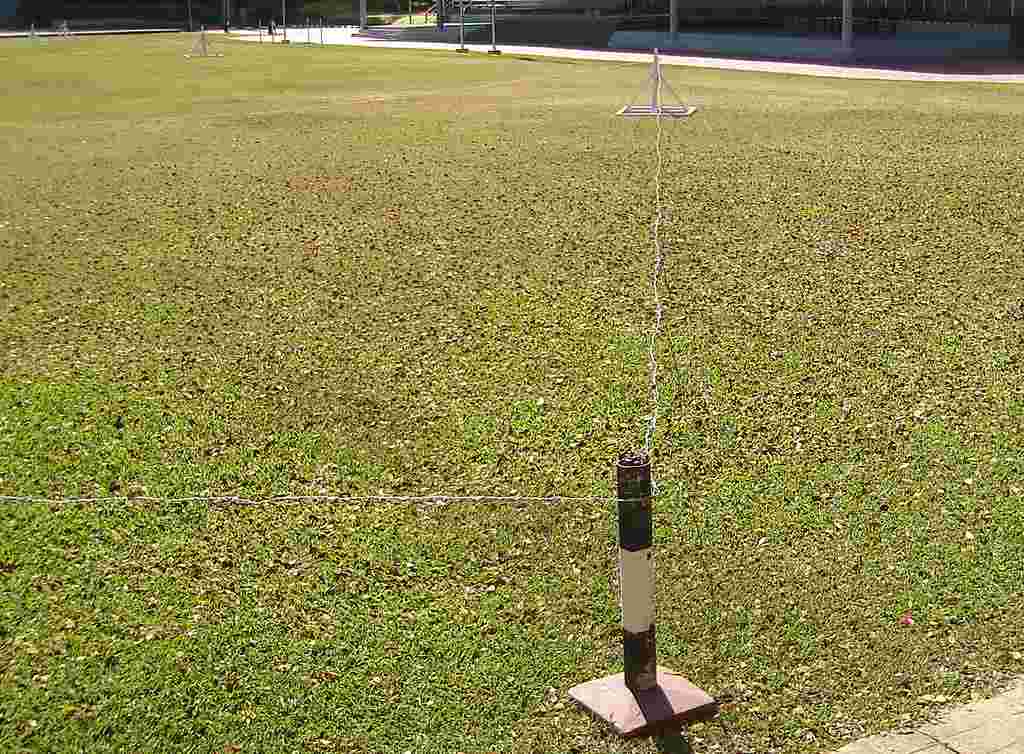Kelantan is getting more prosperous under PAS compared to Sabah under BN
Just look at the passenger traffic at the various airports in
Malaysia.
While in BN controlled states, the number of passengers had gone down,
in Kelantan it has gone up.
Who says that Kelantan is backward under PAS?
http://www.malaysiaairports.com.my/index.php?ch=38&pg=157&ac=1026
Traffic
2003
2004
2005
2006
2007
2008
Passengers
589,950
639,871
635,397
678,306
759,316
836,060
Cargo handled
(metric tonnes)
315
235
168
210
163
181
Cargo handled (KG)
694
518
370
462
163,433
181,327
Aircraft movements
10,010
11,869
11,194
38,352
58,996
57,102
Malaysia Airport Berhad,
Lapangan Terbang Sultan Ismail Petra,
16100 Kota Bharu,
MALAYSIA.
Tel: +60 (0) 9 773 7400
Fax: +60 (0) 9 773 2852
Traffic
2003
2004
2005
2006
2007
2008
Passengers
497,999
574,213
621,513
633,194
626,192
618,927
Cargo handled
(metric tonnes)
3,713
4,053
4,531
5,475
6,224
3,055
Cargo handled (KG)
8,185
8,935
9,989
12,070
6,224,488
3,054,589
Aircraft movements
10,588
10,823
11,662
10,776
8,410
9,622
Lapangan Terbang Sandakan,
Peti Surat 1719,
90719 Sandakan, SABAH,
MALAYSIA.
Tel: +60 (0) 89 660405
Fax: +60 (0) 89 668226
Traffic
2003
2004
2005
2006
2007
2008
Passengers
1,377,312
1,509,684
1,594,855
1,559,379
1,454,167
1,537,840
Cargo handled
(metric tonnes)
3,881
4,721
5,392
4,080
3,564
4,146
Cargo handled (KG)
8,556
10,407
11,887
8,994
3,564,114
4,146,405
Aircraft movements
43,460
45,269
42,865
42,680
35,502
38,172
Lapangan Terbang Miri,
Peti Surat 851,
98008 Miri,
MALAYSIA.
Tel: +60 (0) 85 615205
Fax: +60 (0) 85 615208
Traffic
2003
2004
2005
2006
2007
2008
Passengers
31,108
46,692
27,683
18,509
27,209
23,751
Cargo handled
(metric tonnes)
214
602
370
146
219
179
Cargo handled (KG)
471
1,327
815
321
219,348
178,618
Aircraft movements
57,636
70,369
77,504
74,880
64,936
60,512
Lapangan Terbang Batu Berendam,
75350 Melaka,
MALAYSIA.
Tel : +60 (0) 6 317 5860
Fax: +60 (0) 6 317 5214












